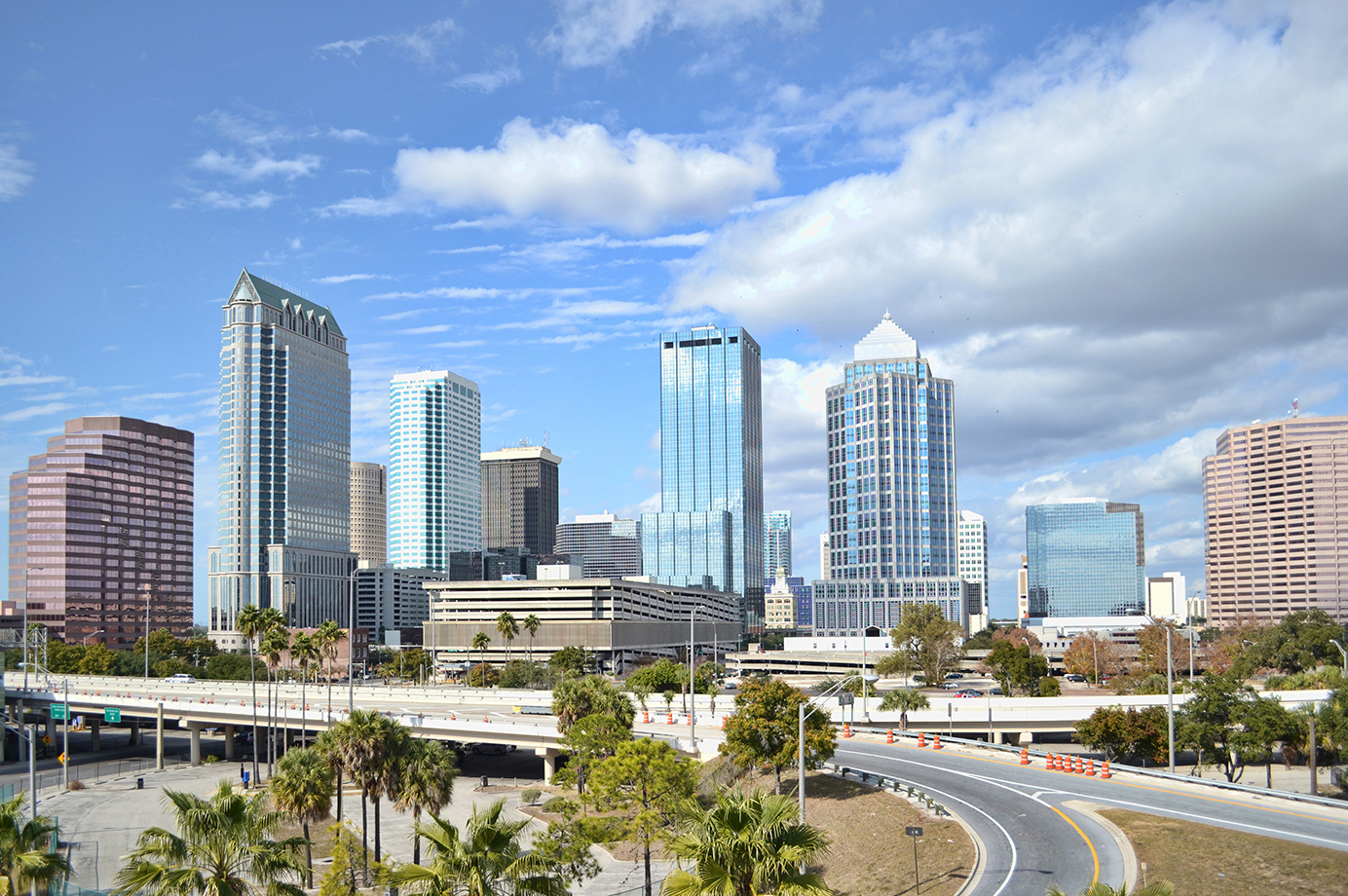San Francisco’s real estate market has always been a topic of interest and fascination due to its unique dynamics and high stakes. Understanding the market trends and expectations is crucial for buyers, sellers, and investors alike. In this article, we will delve into the historical trends, current state, emerging patterns, challenges, and opportunities in San Francisco’s real estate market. Additionally, we will explore expert predictions and provide insights into what the future might hold.
Historical Trends in San Francisco’s Real Estate Market
To grasp the current state of the San Francisco real estate market, it is essential to examine its historical trends. Over the years, the city has experienced cycles of growth and decline. Factors such as economic conditions, population growth, and market demand have played significant roles in these fluctuations. If a person understands past market cycles, they can gain valuable insights into the current dynamics and potential future patterns.
Current State of San Francisco’s Real Estate Market
Presently, the San Francisco real estate market is undergoing a series of changes. The market conditions are influenced by various factors, including median home prices, inventory levels, and sales volume. While the city’s job market and population growth continue to contribute to high demand, affordability remains a challenge for many. If you are ready to buy your first home in the city, make sure to keep monitoring these indicators. This is crucial for anyone interested in buying or selling property in San Francisco.
Emerging Trends in San Francisco’s Real Estate Market
As the market evolves, new trends are emerging. Construction projects and developments are reshaping neighborhoods and attracting buyers’ attention. Additionally, buyer preferences are shifting, with increased emphasis on sustainability and technology. Emerging neighborhoods are also becoming attractive investment opportunities for those looking to capitalize on the evolving market landscape.
Challenges and Opportunities in San Francisco’s Real Estate Market
San Francisco’s real estate market presents both challenges and opportunities. Affordability is a pressing issue, with rising prices and limited housing supply. However, these challenges also create opportunities for buyers who can identify undervalued properties and navigate the market strategically. It is crucial to be aware of these challenges and consider innovative solutions to make the most of the opportunities available.
One challenge that residents of smaller apartments in San Francisco often face is the lack of storage space. Due to the city’s high population density and limited living areas, many apartments are designed with a compact layout that prioritizes maximizing living space. As a result, storage options such as closets, cabinets, and built-in storage can be limited or even non-existent in some cases. If this is a problem you’re dealing with, royalmovingco.com suggest renting a storage unit temporarily or long-term. This can help you effectively organize and store their belongings.
Implications for Buyers, Sellers, and Investors
For buyers, navigating the San Francisco real estate market can be challenging. It is essential to be patient, conduct thorough research, and work closely with experienced real estate agents. Sellers, on the other hand, can maximize their returns by pricing their properties strategically and considering staging and renovation options. Investors looking to enter the market should evaluate long-term growth potential and consider diverse investment strategies.
Moving to San Francisco soon?
Moving to San Francisco from other cities can be an enticing prospect, offering a fresh start and a new environment to thrive in. The Bay Area’s vibrant culture, bustling tech scene, and breathtaking natural beauty make it an attractive destination for those seeking a change. If you decide to leave LA and make the move to San Francisco, you’ll find yourself immersed in a city that embodies innovation and diversity. However, it’s important to be prepared for certain differences.
San Francisco’s higher cost of living, particularly in terms of housing, can be a significant adjustment. Yet, the opportunities for career growth and networking, especially in the tech industry, are abundant. By embracing the city’s unique charm, exploring its diverse neighborhoods, and being open to new experiences, you can embark on a rewarding journey in San Francisco, leaving behind the familiarity of LA for a new chapter of life.
Expectations for San Francisco’s Real Estate Market
Forecasting the future of the San Francisco real estate market requires careful analysis of current indicators and anticipated changes. While expert predictions may vary, several factors are expected to shape the market. These include economic conditions, government policies, and demographic shifts. Staying informed about these expectations can help buyers, sellers, and investors make informed decisions. Take a look at some expectations for San Francisco’s Real Estate Market:
- Economic conditions: The overall economic climate, including factors such as job growth, GDP growth, and interest rates, will heavily influence the San Francisco real estate market. Positive economic indicators can contribute to increased demand and rising prices.
- Government policies: Changes in government policies, such as tax incentives, housing regulations, and zoning laws, can have a significant impact on the real estate market. Buyers, sellers, and investors should stay informed about any potential policy shifts that may affect the market.
- Demographic shifts: Population changes, including migration patterns, age demographics, and household formations, can shape the demand and preferences in the real estate market. Understanding these demographic shifts can provide insights into future market trends.
- Housing supply and development: The availability of housing inventory and new construction projects will play a crucial role in the market’s direction. Monitoring developments and assessing their impact on supply and demand dynamics is essential for predicting the market’s trajectory.
- Technology and sustainability: With the increasing focus on sustainability and technological advancements, the real estate market in San Francisco is likely to see a rise in demand for eco-friendly and smart homes. Buyers and investors should consider these factors when assessing future market trends.
- External influences: San Francisco’s real estate market can also be influenced by external factors such as global economic trends, geopolitical events, and natural disasters. Keeping an eye on these external influences can help anticipate potential market fluctuations.
It is important to note that these expectations are subject to change and may vary based on unforeseen circumstances. Staying informed, getting help from a professional agent, and seeking expert opinions will help individuals make more accurate assessments of the market’s future direction.
Conclusion
San Francisco’s real estate market is a dynamic and ever-changing landscape. By understanding historical trends, current market conditions, and emerging patterns, buyers, sellers, and investors can make informed decisions. Although challenges like affordability persist, opportunities abound for those willing to adapt and seize them. Staying informed and seeking expert advice will be crucial for navigating the San Francisco real estate market successfully in the years to come.



